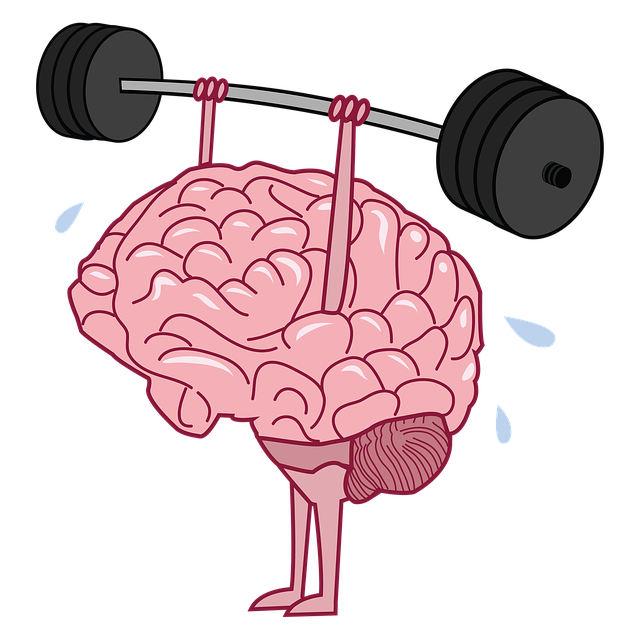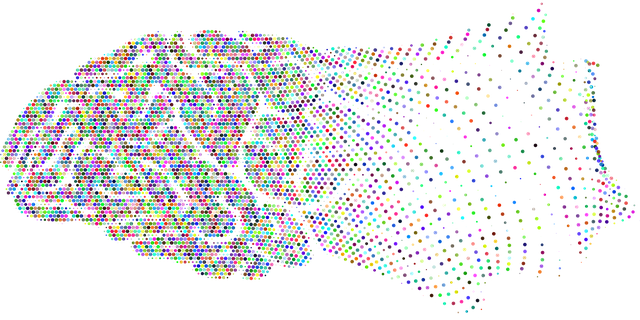TL;DR:
Treating young children with eating disorders requires a thorough risk assessment encompassing medical, psychological, and social factors. Harm minimization planning aims to prevent physical complications like malnutrition and psychological issues such as distorted body image. This involves holistic strategies including emotional intelligence interventions, evidence-based practices, and progress monitoring. Tailored therapy approaches like cognitive behavioral therapy (CBT) and mindfulness techniques, combined with family-based interventions, ensure safety while fostering healthy eating behaviors and overall well-being. Burnout prevention for healthcare professionals is crucial for effective long-term care.
Risk assessment and harm minimization planning are essential components of treating young children with eating disorders. This comprehensive guide explores critical aspects of managing these complex conditions, focusing on therapy for young children affected by eating disorders. We delve into understanding risk assessment, identifying potential harms from various sources, developing robust minimization plans, and implementing strategies to ensure safe and effective therapy. By following these steps, professionals can enhance care and promote positive outcomes.
- Understanding Risk Assessment in Eating Disorder Treatment for Young Children
- Identifying Potential Harms and Their Sources
- Developing a Comprehensive Minimization Plan
- Implementing and Monitoring Strategies for Safe Therapy
Understanding Risk Assessment in Eating Disorder Treatment for Young Children

Understanding Risk assessment is paramount in treating young children with eating disorders. It involves a comprehensive evaluation of various factors contributing to the disorder, including medical, psychological, and social aspects. This process helps mental health professionals tailor Therapy for Young Children Eating Disorders effectively. By identifying potential risks, such as nutritional deficiencies or behavioral issues, practitioners can implement harm minimization strategies.
Risk Assessment for Mental Health Professionals goes beyond merely diagnosing the eating disorder. It involves creating a tailored plan that considers each child’s unique needs and challenges. This may include Social Skills Training to foster healthier interactions and Self-Care Routine Development for Better Mental Health. A thorough risk assessment ensures that therapy is not only effective but also safe, fostering a supportive environment for young individuals navigating their eating disorders.
Identifying Potential Harms and Their Sources

Identifying potential harms and their sources is a critical step in risk assessment for therapy programs focusing on young children with eating disorders. These disorders often stem from complex interactions between biological, psychological, and social factors. Harms can manifest as physical health complications, such as malnutrition and organ failure, or psychological issues like distorted body image, low self-esteem, and anxiety.
In the context of therapy for young children with eating disorders, harm minimization planning should encompass comprehensive mental health education programs designed to enhance emotional regulation and intelligence. Promoting awareness about healthy eating habits, fostering positive relationships, and integrating evidence-based practices can mitigate risks and support these vulnerable individuals. Emotional intelligence interventions specifically target the development of self-awareness, empathy, and coping strategies, which are essential for managing eating disorder symptoms and improving overall mental health.
Developing a Comprehensive Minimization Plan

Developing a comprehensive harm minimization plan for therapy in young children with eating disorders involves careful consideration of various factors. This strategy should encompass a multi-faceted approach, addressing not only the physical symptoms but also the emotional and psychological aspects of recovery. The plan must be tailored to each child’s unique needs, taking into account their age, developmental stage, and individual experiences.
A robust minimization strategy will incorporate evidence-based practices that foster emotional healing processes, target underlying mental illness stigma reduction efforts, and provide tools for anxiety relief. It should also include clear guidelines for monitoring progress and adjusting interventions as necessary. By integrating these components, the plan aims to create a supportive environment that encourages healthy eating behaviors while nurturing the child’s overall well-being.
Implementing and Monitoring Strategies for Safe Therapy

Implementing safe therapy practices is paramount when treating young children with eating disorders. This involves tailoring therapeutic approaches to suit individual needs while prioritizing their well-being. Strategies such as cognitive behavioural therapy (CBT), mindfulness techniques, and family-based interventions have proven effective in managing symptoms and promoting positive behaviours related to food and body image.
Monitoring progress is essential to ensure the safety of these young clients. Healthcare providers should regularly assess for potential risks, including the development of dangerous eating habits or emotional distress. Burnout prevention strategies for healthcare professionals are also crucial, as their well-being directly impacts patient care. By implementing stress management techniques and fostering a supportive environment, therapists can maintain effective treatment, enhancing mood management and overall outcomes for young children navigating eating disorders.
Risk assessment and harm minimization planning are essential components of providing safe and effective therapy for young children with eating disorders. By understanding the unique risks associated with this population, identifying potential harms, and developing comprehensive minimization plans, therapists can create a nurturing environment that supports recovery. Implementing and monitoring these strategies ensure the safety of young clients while fostering their growth and development. This tailored approach to treatment is vital in helping children overcome eating disorders and thrive.














